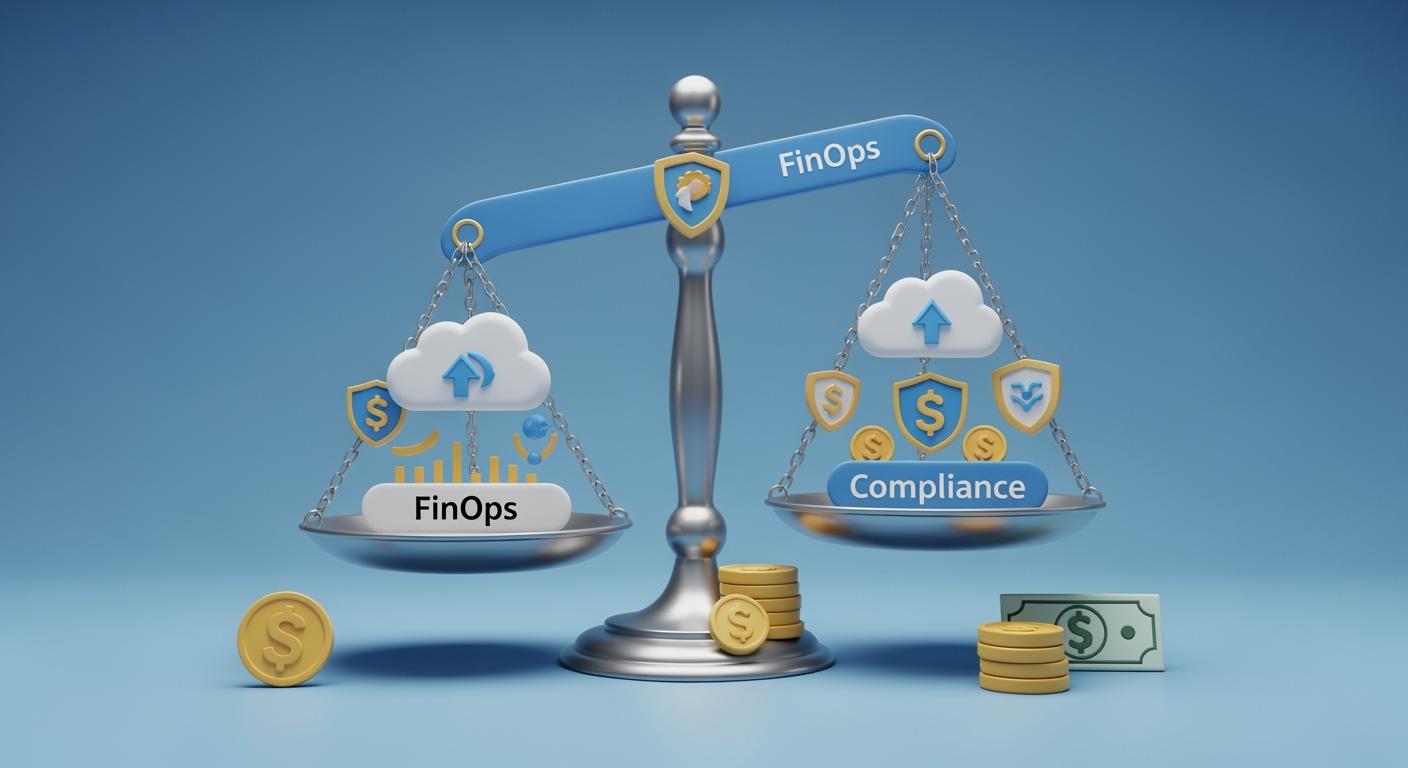Why Multi-Tenant FinOps Requires Safe-by-Design Architecture
Serving multiple customers on a shared platform amplifies the stakes of data governance. A single misrouting of cost data can erode trust instantly. CoreFinOps was architected for multi-tenant SaaS from the outset, embedding isolation into every layer-network, data, application, and evidence. Safe-by-design means customers receive powerful FinOps capabilities without fearing cross-tenant leakage.
This architecture matters for compliance as much as security. Regulations like GDPR, HIPAA, and SOC2 demand strict separation of customer data. By enforcing isolation programmatically, CoreFinOps satisfies auditors while maintaining the agility FinOps teams expect.
Per-Tenant Headers and Context Propagation
Every request to CoreFinOps carries signed tenant headers. API Gateway validates them, Lambda functions re-assert them, and downstream services refuse to process data without them. This context propagation ensures that even if a developer forgets to include tenant filters in a query, middleware rejects the request. Defense-in-depth prevents cross-tenant access through misconfigured code or manual queries.
Context tracking extends to asynchronous workflows. EventBridge events, Step Functions state machines, and SQS messages embed tenant metadata, guaranteeing that background jobs, anomalies, or exports execute in the correct scope.
Row-Level Security and Encryption Keys Per Tenant
Analytics workloads require fine-grained control. CoreFinOps uses row-level security (RLS) in Athena and supporting data stores, filtering every query by tenant IDs. Each tenant’s data resides in encrypted S3 prefixes secured with dedicated AWS KMS keys. Access policies restrict Lambda and Athena roles to the keys they need, blocking lateral movement even inside the platform.
For customers requiring bring-your-own-key (BYOK) or region-specific storage, CoreFinOps provisions bespoke encryption contexts. This flexibility supports global enterprises with country-specific regulations.
Isolated Evidence Trails and Audit Logs
Evidence artifacts-ledger entries, automation logs, approval transcripts-are stored per tenant with immutable versioning. Compliance officers can share evidence bundles with auditors knowing no other tenant’s data is included. Audit logs include tenant identifiers, making it easy to prove who accessed what. Support engineers require just-in-time approvals to view customer evidence, with automatic revocation after tasks complete.
Multi-tenant transparency builds trust. Customers can invite auditors into read-only portals scoped to their tenant, accelerating due diligence and renewal cycles.
Global Scaling with Regional Isolation
CoreFinOps supports tenants across multiple AWS regions. Control plane services operate centrally, while data plane components-S3, Athena, Glue-reside in-region to satisfy data residency rules. Tenant routing ensures requests reach the correct region, and failover strategies maintain availability without mixing data. Customers expand globally while retaining sovereignty over their cost and evidence data.
Regional isolation also improves performance. Queries execute near their data, reducing latency for dashboards and automation workflows.
Operational Guardrails for Internal Teams
Safe-by-design applies to operations too. CoreFinOps engineers interact with production through bastions enforcing tenant scoping. Tooling like ChatProduct respects permissions, only surfacing data the requester is authorized to view. Runbooks include mandatory tenant context checks, and CI pipelines run automated tests simulating cross-tenant requests to catch regressions.
Security operations monitor for anomalies, such as a role requesting multiple tenant contexts in succession. Alerts trigger investigations before any exposure occurs.
Customer Trust and Compliance Outcomes
Customers choose CoreFinOps because tenant isolation is provable. SOC2 reports highlight the controls in place, while customer security questionnaires receive detailed architectural responses. This trust accelerates sales cycles and renewals. FinOps teams focus on savings, confident that data governance is automated.
As multi-tenant SaaS ecosystems grow more complex, platforms that embed isolation by design will set the standard. CoreFinOps continues to invest in policy automation, confidential computing, and zero-trust patterns to stay ahead.
Wrapping up
Multi-tenant FinOps demands rigorous data governance. CoreFinOps delivers it through tenant-aware architecture, encryption, and evidence isolation woven into every service.
With safe-by-design foundations, customers enjoy enterprise FinOps capabilities without compromising trust, compliance, or regional autonomy.
